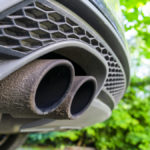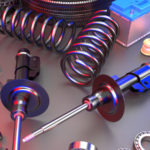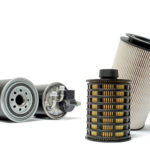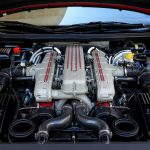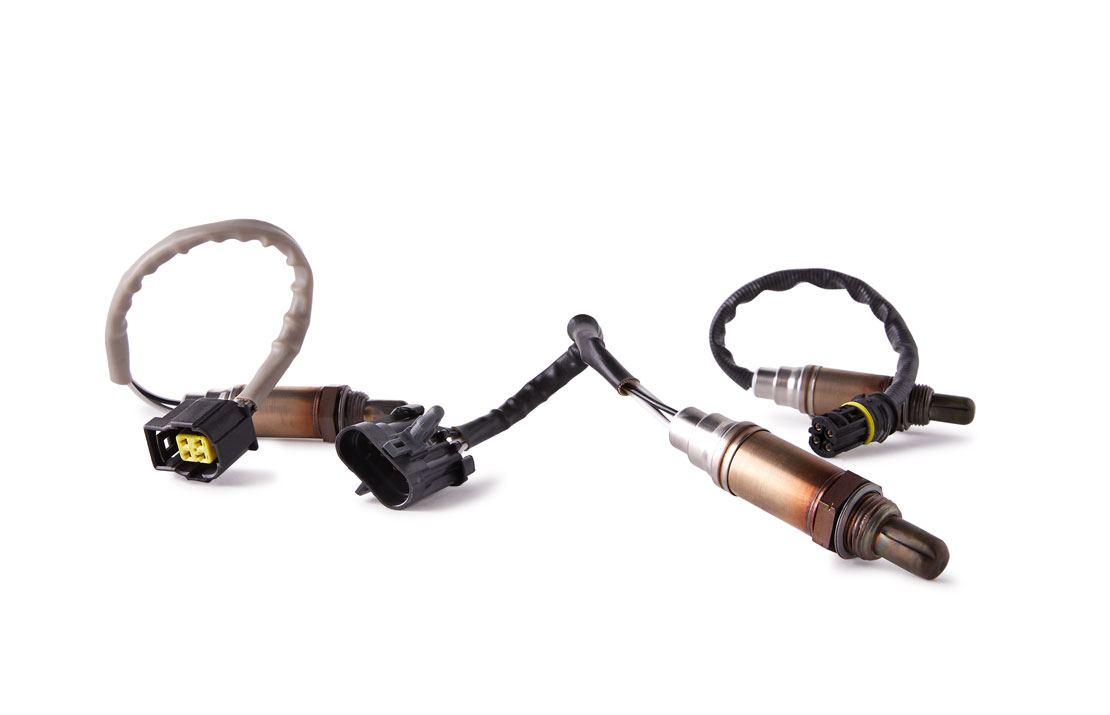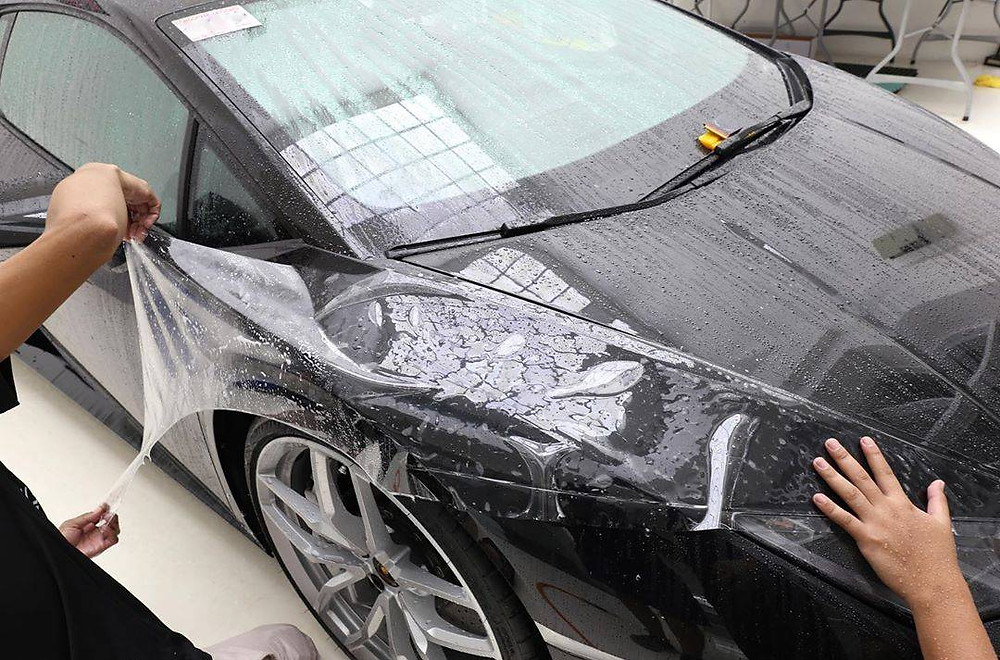This guide is going to focus on motor mount cost, replacement cost, symptoms of a bad motor mount etc. Before we start, however, let’s consider what a motor mount is and what it’s function.
What Are Motor Mount?
The majority of automobiles have multiple engine mounts, which are typically constructed of steel and rubber. If one of the mounts fails, you will notice a significant amount of movement in the engine, as well as increased vibration and trembling.
If you observe this additional movement in the engine, have it inspected as quickly as possible by a mechanic. If you drive the car with a broken engine mount for an extended period of time, you risk damaging the gearbox and axle shafts, which will be a far more expensive repair.
Because the mounts are rarely checked during routine car maintenance, it’s critical to be aware of any significant changes in how the car feels when you drive it. Take it to your local garage to be checked out if you suffer any of the symptoms listed below.
Any unusual noises or vibrations could be related to engine mount problems, but the most important things to look for are clunking noises or engine movement, significant vibration when accelerating, any movement in the engine compartment when turning, or leaking oil, which could be caused by a damaged mount.
Let us now take a look at motor mount cost. In order words, how much you will need to buy and replace it
Click Here To Get Quality Motor Mount On Amazon
Motor Mount Replacement Cost
The average cost of an engine mount replacement ranges from $220 to $570. The cost of components and labor varies depending on your vehicle’s make and model. The parts will most likely cost between $40 and $150, and labor will cost between $90 and $400. It all depends on how tough your engine mount is to access for the mechanic.
After considering the motor mount cost, we now want to take a look at symptoms of a bad motor mount, so when you experience these symptoms, you’ll know that your motor mount is bad and need replacement.
Symptoms Of a Bad or Faulty Motor Mount
Bouncy Engine
The worst-case scenario is for your engine mount to shatter and fall apart completely. This would indicate that your engine would be unstable and out of alignment. Instead, it will simply bounce left and right as you press down on the gas pedal to accelerate the vehicle. Then, if you hit a bump in the road, it can even bounce back and forth. All of this bouncing will undoubtedly cause serious harm to your engine. After that, you’ll have to replace your engine with a new one.
Vibrations Of The Engine
Because the engine mount is responsible for stabilizing the engine, it’s only natural that a faulty engine mount would result in engine instability. This indicates that the engine will vibrate since it is not properly attached to the vehicle’s structure. The vibrations should be felt even more on the passenger side of the cabin. These signs may not be noticed by the driver until another person is seated in the passenger seat.
Strange Sounds
When an engine shakes, vibrates, and moves around in the frame, it will make knocking and clanking noises. Although these sounds could be caused by other things, if you are experiencing any of the other symptoms listed above, you should get your engine mount checked by a mechanic.
Engine Misaligned
When the engine is out of alignment, it will lean more to one side than the other. If you fear your engine mount is failing because the other symptoms described here are present, check to determine if it is skewed. This will reveal whether or not the mount is genuinely dangerous.
Broken Hoses and Belt
When an engine is not stable due to a faulty engine mount, the most delicate components in the engine are more likely to break. This means that your vehicle’s belts and hoses are likely to be damaged, especially as you accelerate faster.
Why You Should Replace Your Faulty Motor Mount
Despite the fact that engine mounts are a minor component, they have the potential to do significant harm. Motor mounts that are properly mounted and operating prevent a variety of problems with the engine, the alignment of the car, problems with the belts and hoses, and even excessive noise, therefore keeping them in excellent working order is highly advised.
The motor mounts ensure that the engine is not only secure, but also properly aligned. A malfunctioning mount might force the engine to tilt to one side, causing engine blockage and preventing you from driving your automobile. Have the engine mounts inspected if you see any sagging.
A broken motor mount can cause problems with the engine’s belts and hoses due to excessive engine movement. These components are especially vulnerable when travelling at high speeds, so make sure your engine is securely fastened to avoid any potential collisions.
How Long Does It Take To Replace Motor Mount?
The time it takes to replace a motor mount varies from vehicle to vehicle; however, every vehicle comes with a book that lists each job and how long it should take. You’ll need to locate one of these books at the dealer and calculate the labor time, which will give you an estimate of how long it will take. Typically, these labor times are a fraction of what it takes to complete the project.
We frequently discover that these labor times are inaccurate, sometimes by as much as 50%. Automakers do this because they don’t want to pay as much for repairs done under warranty, therefore they make labor times shorter than they should be. That’s why it’s so difficult for dealers to find mechanics to work for them.
When Should You Replace Your Motor Mounts?
The motor mounts, like almost every other part of your car, are subject to wear and tear and can eventually fail. Car engines are enormous, hefty pieces of machinery, and a lifetime of stops, starts, bumps, and spins will wear the mounts down. They can crack, the rubber fixtures can wear out or become spongy, and in the appropriate circumstances, they can even crumble.
The erosion of the engine mounts is hastened by fluids from the engine getting into the mounts. Motor oil, transmission fluid, power steering fluid, and any other liquid used in the operation of an engine are common offenders. Engine changes that make the automobile more powerful than the original design, as well as extreme driving and cornering, are all common causes of motor mount failure.
It’s a little easier to check for cracks in the mounts on smaller automobiles than it is on larger ones. A hard two-handed push should usually be adequate to lift the engine sufficiently to inspect the mounts for any cracks or breakage. A trip to a garage for larger vehicles is the best way to check any potential damage.
If one motor mount fails, there’s a significant indication the others are about to fail as well. The additional stress imposed by the broken mount is likely to have created some issues, as they were subjected to the same loads and strains as the fractured mount. There’s a chance the gearbox mount will need to be replaced in addition to the motor mounts.
Is it worth replacing engine mounts?
Engine mounts deteriorate as a result of age and stress. A liquid-filled engine mount should be changed once the fluid has leaked out. Vibrations and noise will be conveyed into the cabin if this is not done.
How bad it is to drive with broken motor mount?
It can also damage other components in the car if it becomes too intense. Your automobile may even begin to shift to the side as the weight that the motor mounts were keeping in place no longer holds equally, causing your vehicle to veer to the side.
Do mounts affect acceleration?
Engine mounts that are broken or worn can cause the engine to slide around in the engine bay in all directions, which is especially visible when accelerating or driving at high speeds.
Can you drive with a bad motor mount?
A faulty motor mount can cause substantial engine damage and have a significant impact on the vehicle’s performance. Driving with a broken motor mount is quite dangerous. If you notice a lot of vibration in your vehicle when driving, it’s most likely the motor mount.

